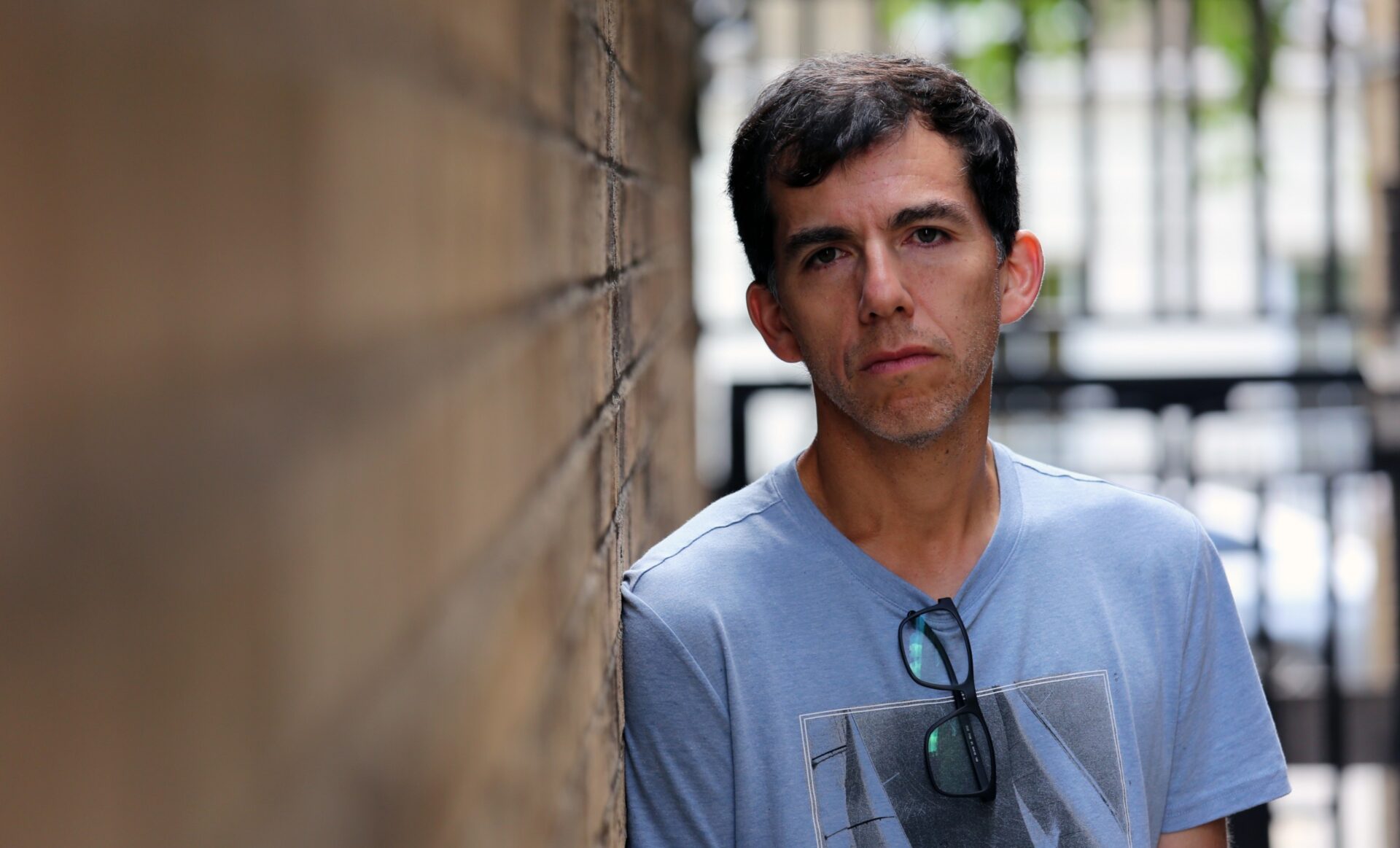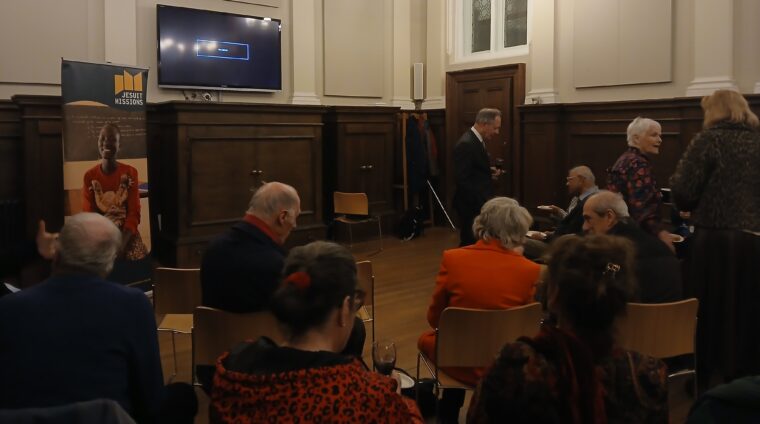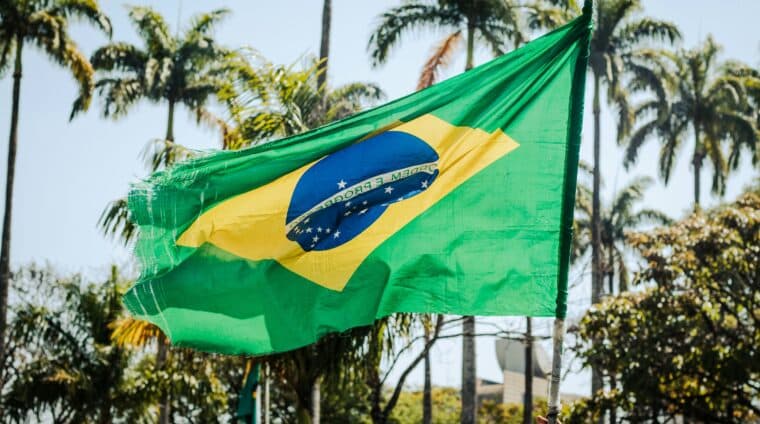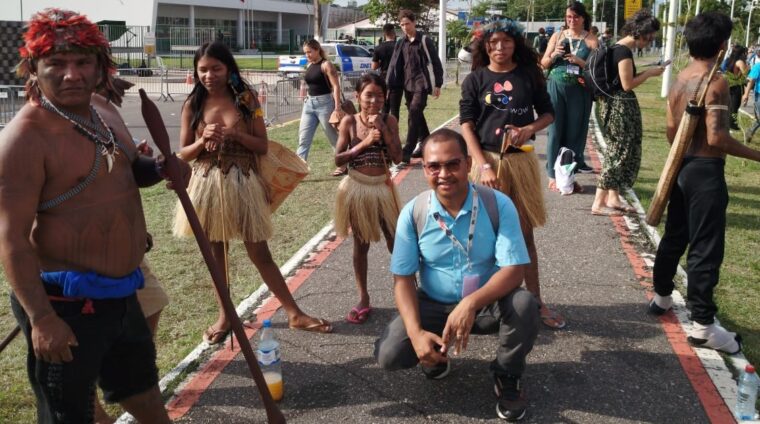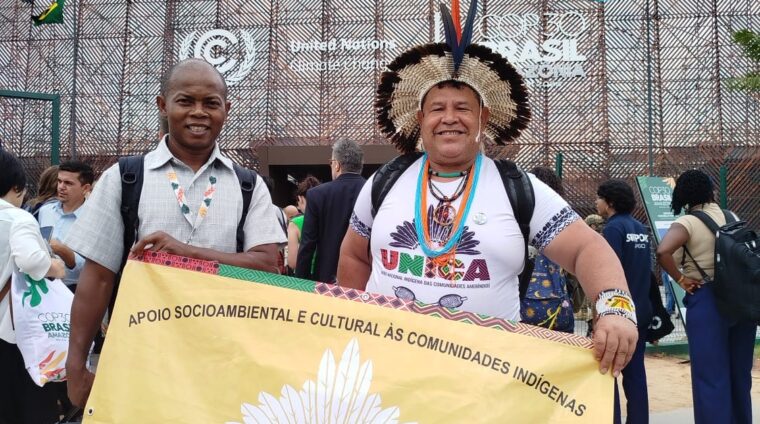About a month ago, I ventured into the twists and turns of a cave shaped by a glacier.
The force of its slow movement created surreal shapes, making me feel as if I were in a liminal space between dream and reality. I couldn’t help but feel a sense of anxiety, as tons of melting ice stretched out above my head, barely allowing any daylight to filter through from outside.
Being there was also like being in a real cathedral sculpted by nature. Intense blues and multiform ice created an aesthetic that could only speak to me of the magnificent Creation.
At the same time, I was overcome by a kind of existential sadness, knowing that these wonderful bodies of ice are on their way to disappearing.
This process is accelerating due to climate change and the inability of our international system to restrain global warming more quickly. The IPCC (International Panel on Climate Change) has warned that this is the crucial decade for radically curbing emissions of fossil fuels and other gases that contribute to the greenhouse effect caused by human activity. However, the difficulties experienced in climate negotiations seem to fall short of the demands and urgencies.
In the Society of Jesus, we often say that there can be no peace without justice, and here in Chilean Patagonia, contemplating the rapidly melting glacier, I cannot help but think of the ‘injustice’ being done to ecosystems that, silent in the negotiations, cannot cry out for respect.
Pope Francis spoke in Laudato Si’ of listening to the cry of the earth and the cry of the poor. In this case, listening to the cry of a rapidly disappearing glacier means sharpening our hearing and all our senses to realise that silence or tranquillity can mask a false sense of peace.
For years, I have studied glaciologists who are dedicated to researching melting glaciers. I follow them on their expeditions, in laboratories, and also in international negotiation settings, such as the COP process that arose from the United Nations Framework Convention on Climate Change (UNFCCC). From their particular scientific practice, they seek to communicate the drama that is happening to the cryosphere across the planet.
It is urgent that we ask ourselves, from our particular reality, how we can hear that often imperceptible cry of the earth, plundered by a system that does not coexist with, but rather destroys, our common home.
It is a great challenge, because violence is often slowly exerted on the ecosystem, which will only be perceived in tens or hundreds of years, as with many of the glaciers in our mountains. Its effects will not only be on the glaciers themselves but on all other members of the ecosystems (including human beings) in which they are found.
And worst of all, among human beings, those most affected will be, as always, the most vulnerable and poorest in our societies.
Cristóbal is a Chilean Jesuit priest. He is a doctoral candidate in Socio-Cultural Anthropology with a D.E. in Environmental Humanities and a D.E. in Science and Technology Studies from the University of California, Davis. In his doctoral project, Emilfork studies the practices of generating scientific knowledge about melting glaciers in Chilean Patagonia and the Antarctic Peninsula.

